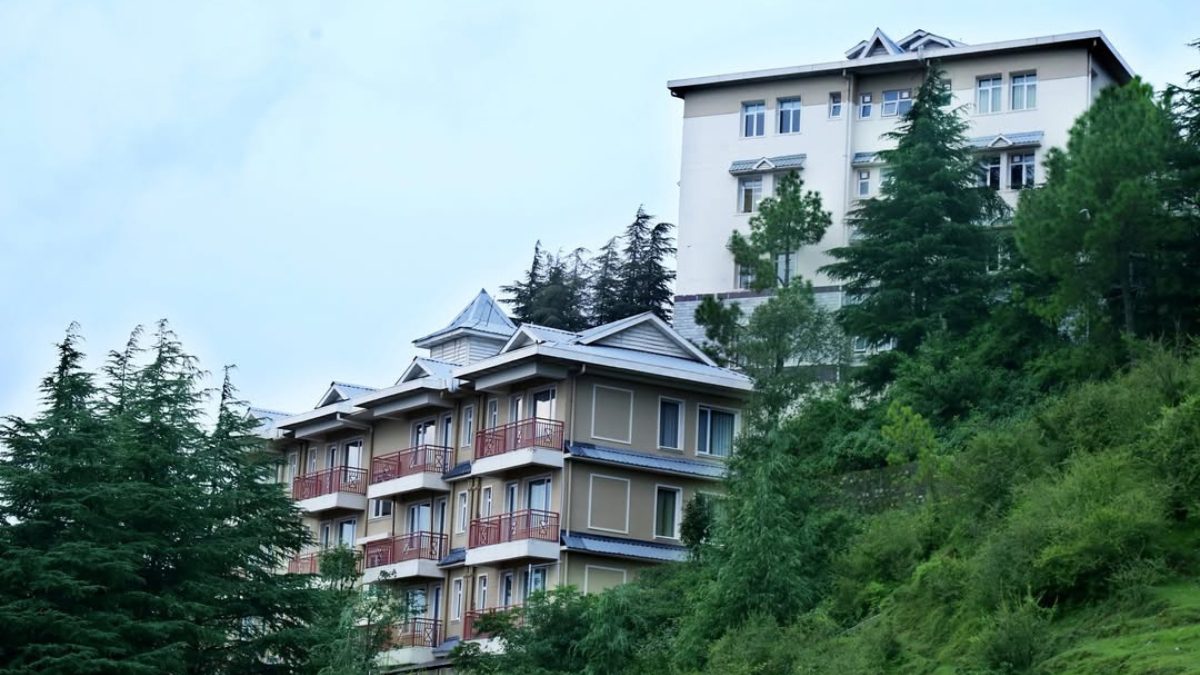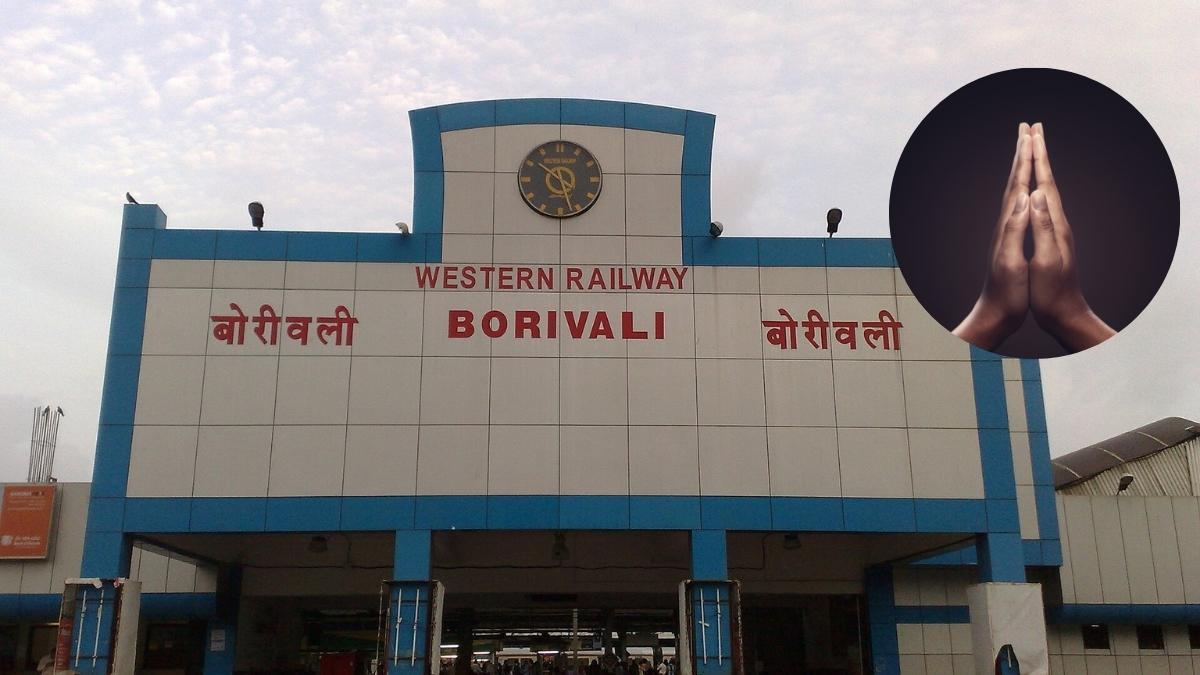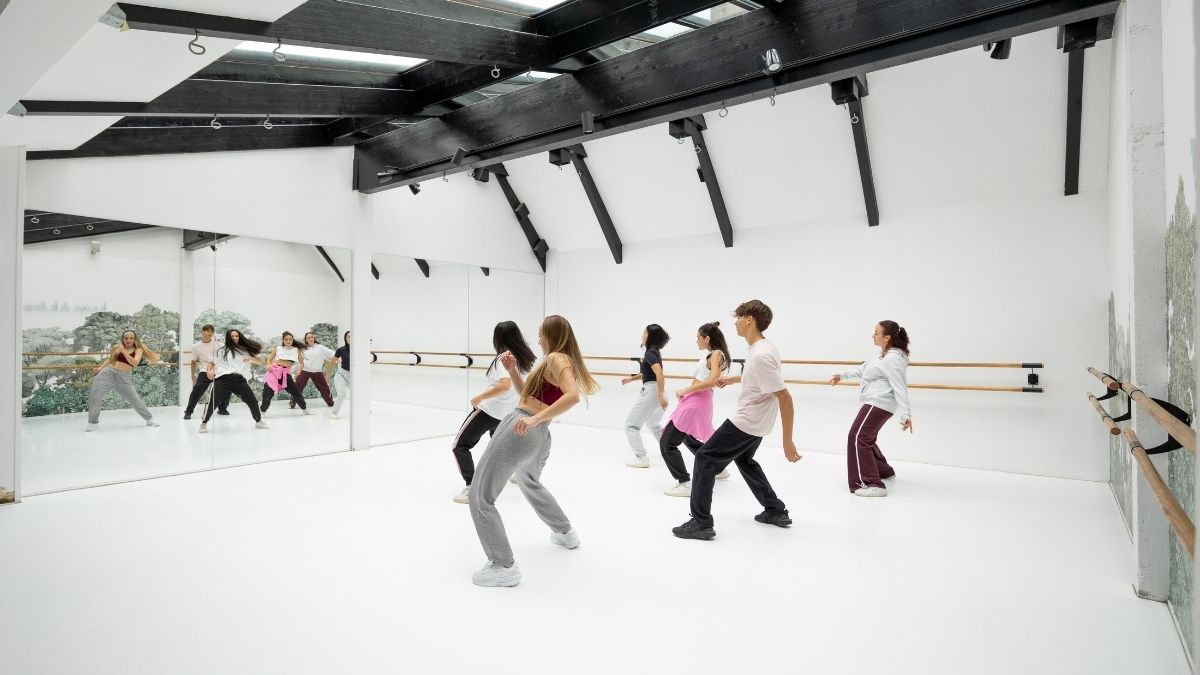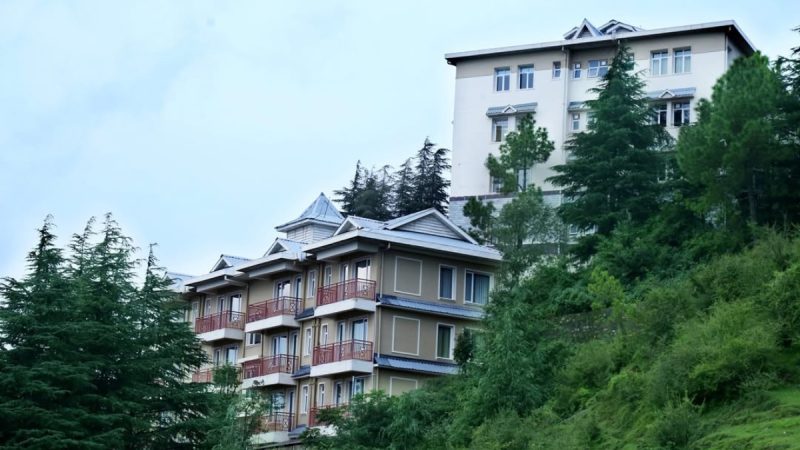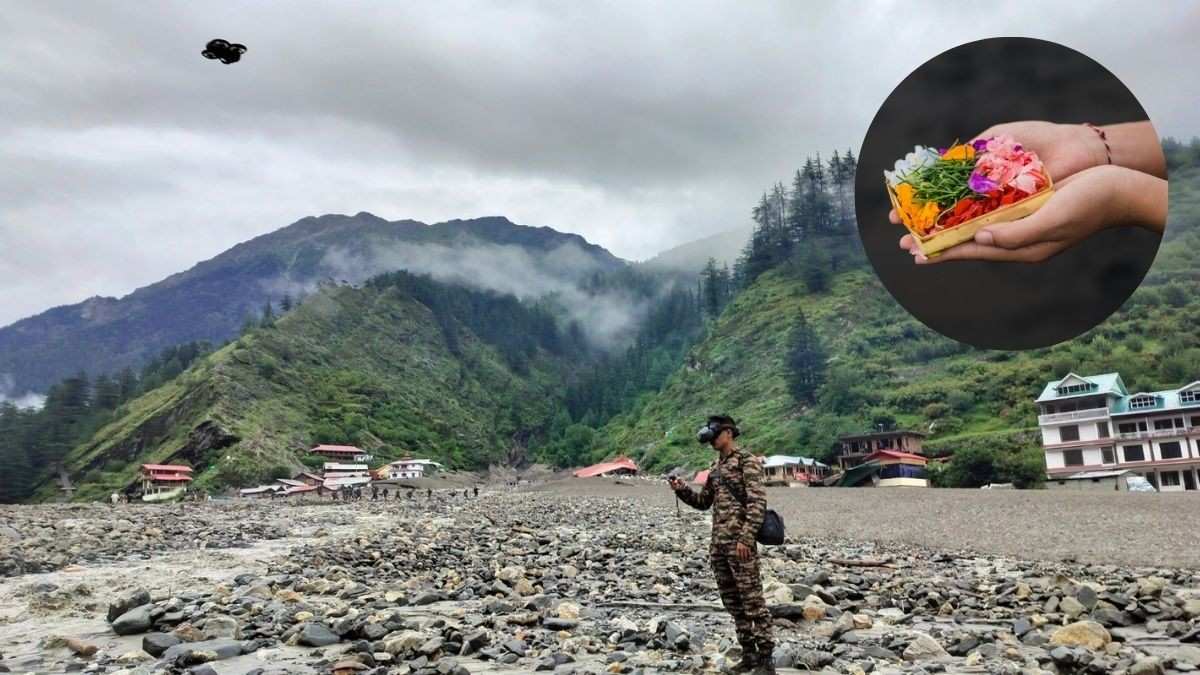Science is all around us. From how rivers flow and how the stars shine and to how food grows and how we stay healthy, science teaches everything. For young minds to get excited about science, they must see it, touch it, and explore it. Now, that’s exactly what science museums are for. Now here’s the problem: most planetariums and museums for science in India are in big cities. If you live in a village or in the mountains, you probably don’t have a museum nearby. That’s a big gap. And it’s not fair. Thankfully, things are starting to change with the Centre for Science, Learning and Creativity.
Science Museums In The Mountains Matter
High in the hills of Himachal Pradesh, near the peaceful Tara Devi Temple and the little town of Shoghi outside Shimla, something exciting has come up: the Centre for Science, Learning and Creativity (CSLC). This museum, located at about 1900 metres above sea level, was opened in October 2023 by the Chief Minister, Sukhvinder Singh Sukhu. It’s run by the H.P. State Council for Science, Technology & Environment.
What makes CSLC special is that it’s not just a place with exhibits. It’s a place where students can do science. They can touch, play, build, and explore. There are hands-on models, working machines, and experiments. And it’s not just for students, tourists are coming here too! “Our goal is to bring science out of textbooks and into the hands of students. That’s the only way to truly ignite young minds in these regions,” says Prof. Shyam Singh Chandel, one of the main people behind this project.
A Dream That Took Years And A Lot Of Patience
View this post on Instagram
The idea of this museum in the mountains first came up way back in 1994. The late Chief Minister Virbhadra Singh, a leader who truly believed in science, announced a science museum and planetarium for Shimla during a children’s science event.
That’s when Dr. S.S. Chandel, working at the Science Council, was given the task of finding land and planning the museum. He teamed up with Dr. J.J. Rawal, an expert from Mumbai’s Nehru Planetarium. Together, they chose the current location in Shoghi. The spot was so perfect that even an international astronomer said, “This is one of the best places in the world for stargazing.”
They also dreamed of adding a Butterfly Park and even creating India’s first Mountain Science City. “We are still striving for it, hoping it will come soon, as the basic infrastructure has now come up,” says Prof. Chandel with hope.
The CSLC has opened new doors. Students are attending workshops, taking part in experiments, and learning in ways they couldn’t before. There’s a planetarium building ready, and soon it will be up and running. But Prof. Chandel believes this is just the beginning. “These centres should now become places where both children and scientists come together. It’s time to think about bigger goals,” he says.
He wants the museum to offer Short summer workshops in science and astronomy, stargazing nights and telescope sessions, research on ancient Indian astronomy, lessons on solar and wind energy, climate change awareness programs, activities to preserve Himalayan architecture, and promotion of sustainable mountain living.
Mountains Are In Danger And Science Can Help Save Them
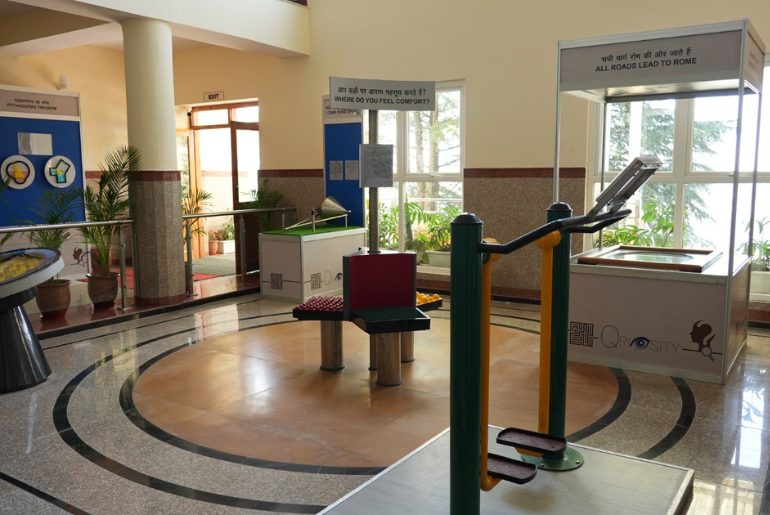
The recent floods and disasters in the Himalayas are a wake-up call. Cutting mountains to make big highways has led to landslides, floods, and loss of life. We must rethink development in the mountains. “Saving the mountains is not a choice anymore—it’s a necessity. Development can no longer come at the cost of our ecology,” says Prof. Chandel.
Science centres like CSLC can play a powerful role in teaching children about ecology, promoting policies to protect the Himalayas, and preserving water sources and biodiversity. In the future, the CSLC could become a science-policy hub, guiding sustainable development in the region.
Of course, it’s not simple to create museums in hilly regions. There are real problems like rough roads and bad weather, making it hard to transport materials. Staff recruitment is tough because of the location, and electricity and water can be unreliable in remote areas. Land laws and environmental rules make it harder to get approvals. Also, these centres need steady government support and funding. Every new government should continue to back such projects.
Museums like CSLC offer more than just science; they offer hope. They show us that students in the mountains deserve the same opportunities as those in big cities. They teach us that development can be balanced with nature.
“Science in the mountains is not just about education—it’s about survival, sustainability, and our shared future,” says Prof. Chandel. It’s time for every mountain state like Uttarakhand, Sikkim, Arunachal Pradesh, Ladakh, and Nagaland to start thinking about their own science museums. If Shimla’s CSLC can do it, others can too.
Cover Image Courtesy: sciencemuseum_shimla/Instagram
For more such snackable content, interesting discoveries and the latest updates on food, travel and experiences in your city, download the Curly Tales App. Download HERE. First Published: August 07, 2025 5:37 PM
